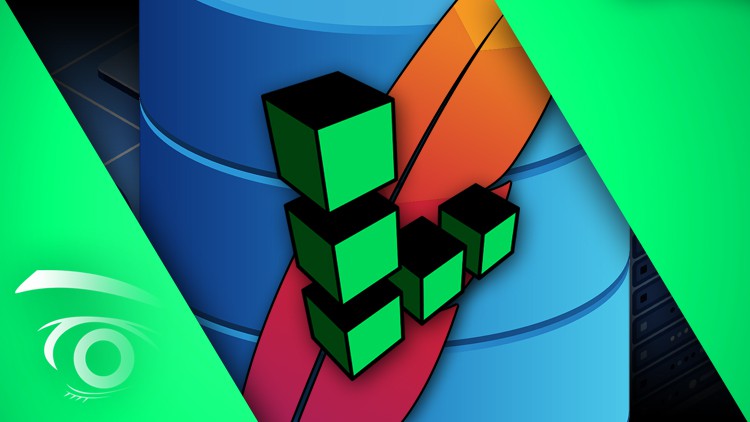
Cloud Computing | Instance Deployment and Config | Apache | NGINX | Database Management Systems (DBMS)
What you will learn
Introduction to Cloud Computing (Cloud Service Models)
Navigating the Linode Cloud Interface
Remote Administration using PuTTY, Terminal, SSH
Foundations of Web Servers (Apache vs. NGINX)
SQL vs NoSQL Databases
Database Transaction Standards (ACID vs. CAP Theorem)
Key Terms relevant to Cloud Computing, Web Servers, and Database Systems
Description
Welcome to our course on Web Server and Database Foundations. This course offers a comprehensive guide into the fundamentals of cloud computing and its various service models. It’s designed for individuals who are new to cloud computing and want to gain a solid understanding of its concepts and applications.
The course starts by introducing the three main cloud service model including: Infrastructure as a Service (IaaS), Platform as a Service (PaaS), and Software as a Service (SaaS). Students will learn the different features and benefits of each model and many of their real-world use-cases.
From there we delve into cloud server deployment on Linode. Students will learn to set up and configure a remote instance, including installation and configuration of the Ubuntu Linux distribution. Here, students will work with Apache and spin up web servers in real-time. This includes database server deployment using MariaDB. Students will benefit from the hands-on aspect of this section where they gain valuable experience in various aspects of cloud server setup and administration.
The course also covers Linux foundations, including the basics of the Linux operating system and command-line interface. This section is essential for students who are new to Linux and want to gain a solid understanding of its features and capabilities. Here we will explore navigating the Linux filesystem, directory commands, and working with user accounts.
Finally, the course takes an in-depth look into the theoretical principles of web server and database server foundations. Students will learn about the different types of web servers and databases, and how they can be used to create and manage web applications. This includes a detailed overview of both Apache and NGINX. From there, we explore various types of database management systems for both SQL and NoSQL databases. We will also cover both ACID Compliance and CAP Theorem for database transaction processing.
The course is designed for individuals who are new to cloud computing and want to gain a solid understanding of its concepts and applications. If you’re ready to jump in, hit the enroll but and let’s get started.
Content